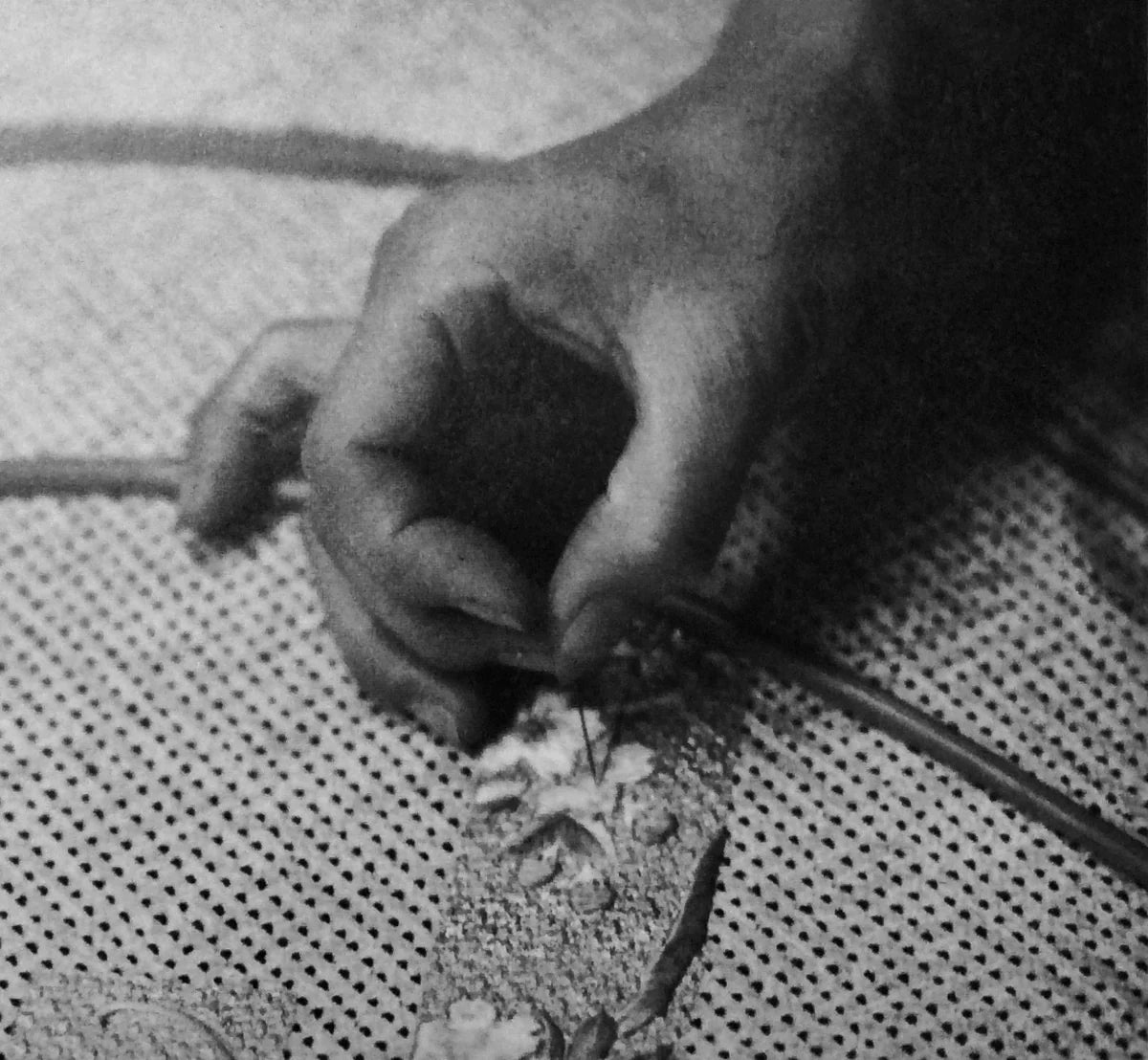





Antique Japanese Silk Kamaito Embroidered Kimono | Rare and Collectible Garment
Dimensions: 56-1/2” Long x 26-0” Shoulder Width
Offered is an Antique, custom, and flawless full-length Silk Embroidered winter Kimono demonstrating the artistry of the maker and made to be handed down. The silk thread utilized in this creation is called kamaito incorporating a beautiful overall raised orchid motif that is extremely soft and sensual. The piece of one-color Iro Muji Dark Claret, (Kuraretto). The Kimono has a hand-stitched Rizu, (silk satin damask) lining to protect the outer garment and also to give warmth in the cold winters. The entire garment is treated fancifully, which is typically done when women of the upper class invest in expensive garments to demonstrate their high-ranking status within society.
Japanese embroidery has a long history that has been nurtured up to the present day, and the crystallization of techniques that are the result of the efforts of craftsmen of each era has been handed down to the present day. Although we may see embroidery without thinking about it, we may enjoy it differently if we can learn about the history and advanced techniques behind it.
Vintage Condition: This unique and unusual Kimono is truly something to behold and a textile collector’s treasure. The heavy-weighted garment is in pristine, original condition for its age, (no fading, flaws, pulls, or stains), and incorporates the hand-crafted philosophy of beauty and usefulness. NOTE: The conservator whom we consulted said the piece has historical significance because of the craft, and should either be wrapped in Tatou Shi (washi paper) for breathability and moisture absorption or stored in a Kimono tansu. If one wants to display the piece it should be placed in a window box frame that has anti-reflective acrylic and opening in the frame to allow air to flow through the frame so that the fabric will not deteriorate.
Additional Information: Kyoto was the center of a flourishing embroidery industry, as the country settled down under decades of peace and tastes in clothing became more luxurious in a newly established contemporary society. Wealthy women and men wore kimono lavished with ornamentation from top to bottom which was later prohibited by the Shogun’s government because of the excessive display of luxury. Embroidery was controlled by the Kyoto Embroidery Business Association which focused on clothing for ceremonial occasions and weddings. After several years, in 1976 hand embroidery in Kyoto was named a Traditional Craft Industry under the Ministry of International Trade and Industry.






